The chemistry of carbon dioxide may not save the human race on Earth, but could enable a new beginning for life on the red planet.
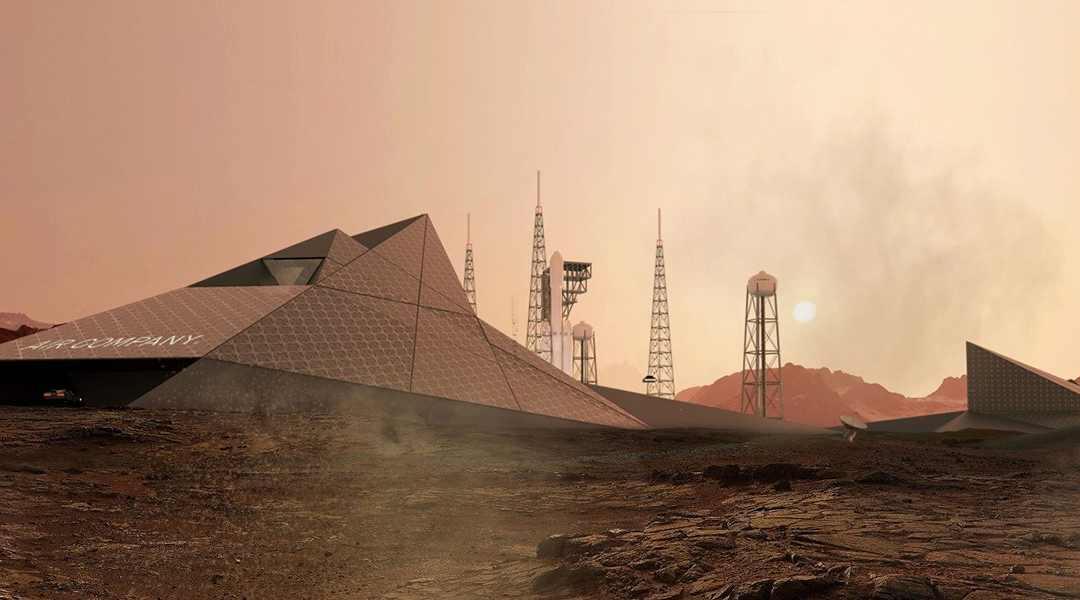

The chemistry of carbon dioxide may not save the human race on Earth, but could enable a new beginning for life on the red planet.
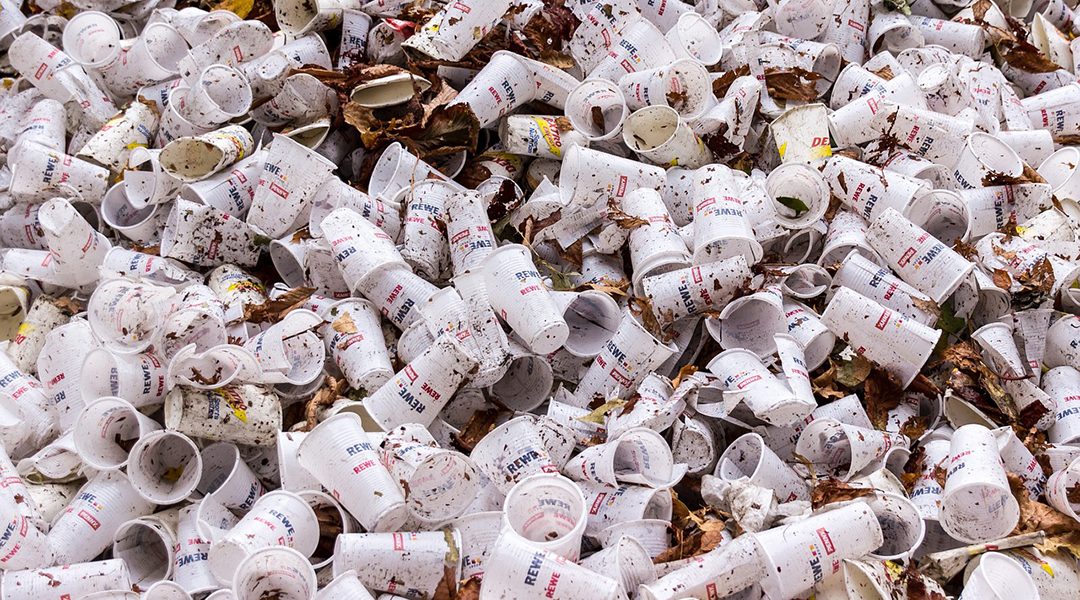
While plastic waste is an issue, its prominence in the general public’s concern for the environment is overshadowing greater threats.

Computer simulations provide a better means of optimizing, predicting, and understanding experimental observations in the search for new battery materials.
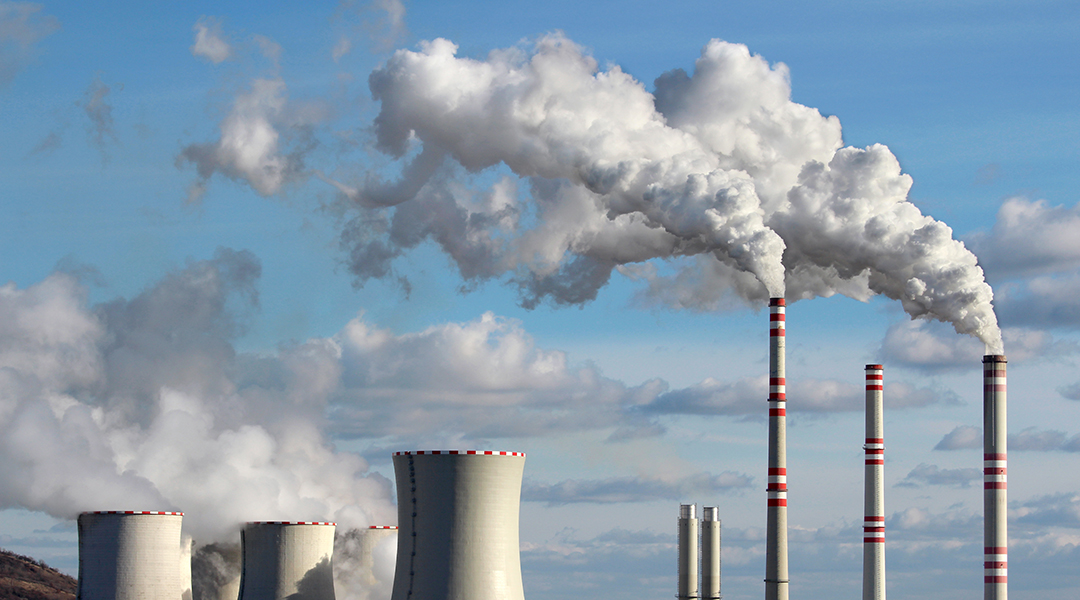
Deliberate decline in carbon-intensive practices is currently taking shape as a new way to confront climate change.
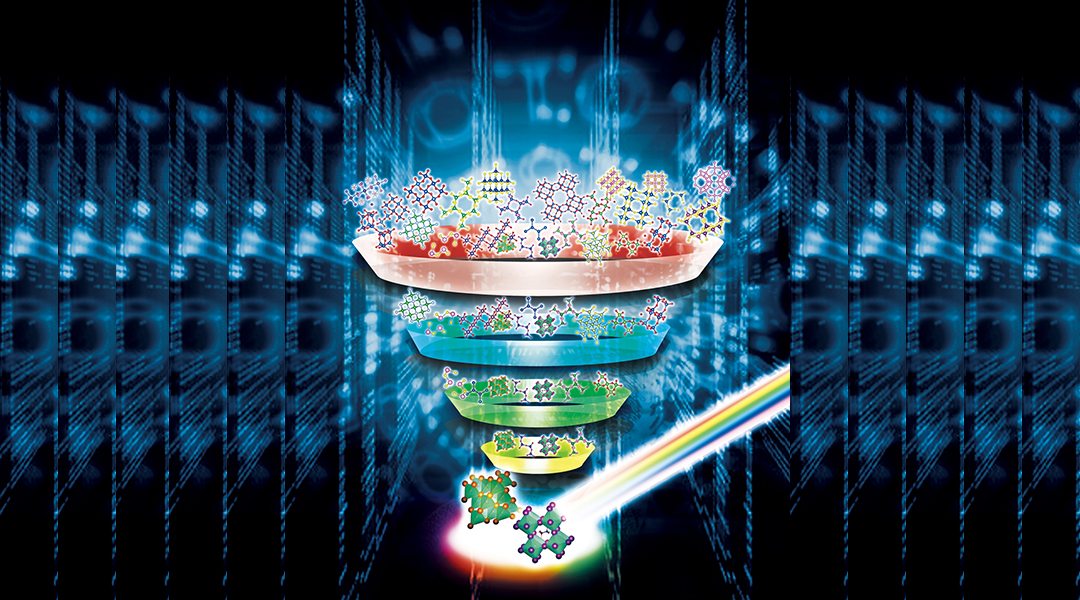
High-throughput computational materials screening is turning out to be an efficient highway to optoelectronic semiconductor design.
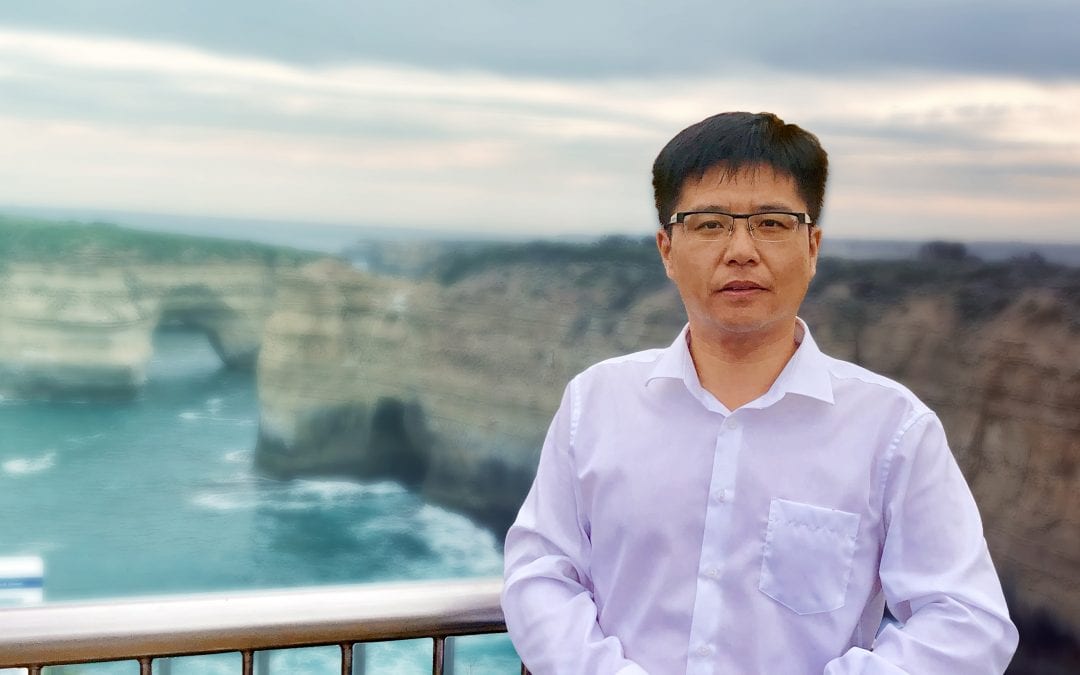
Celebrating “10 years of Advanced Energy Materials Research,” Tierui Zhang opens up about his scientific career and his rather unique hobby of chemistry stamp collecting.
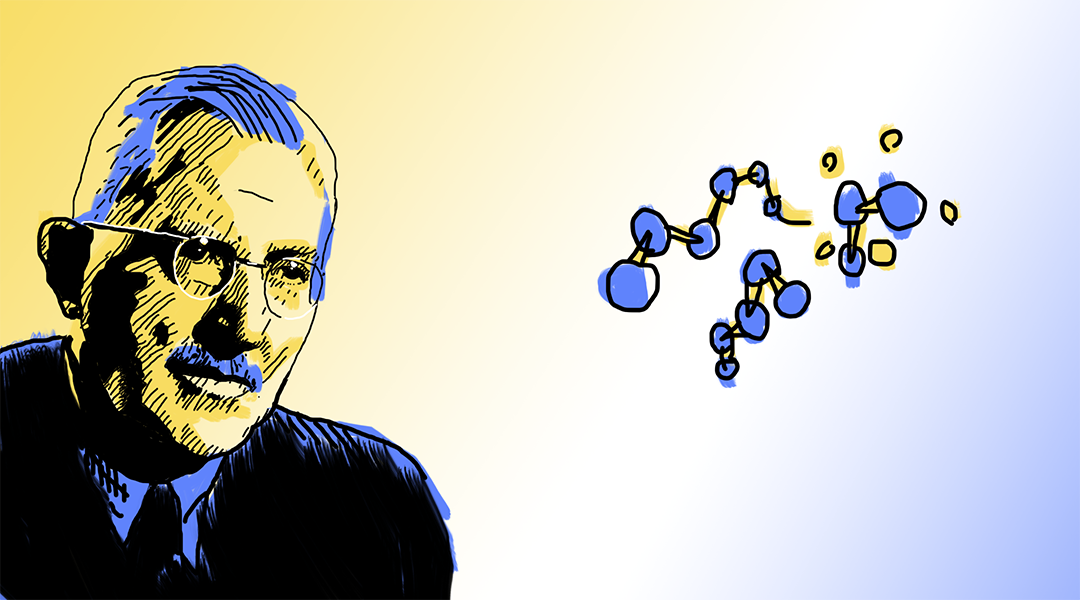
A century on from his groundbreaking paper on polymerization, Advanced Science News takes a look at the life and work of Nobel Laureate, Hermann Staudinger.

If governments take advantage of the ever-falling price tag of renewables to put clean energy at the heart of COVID-19 economic recovery, they can take a big step towards a healthy world, which is the best insurance policy against global pandemics.
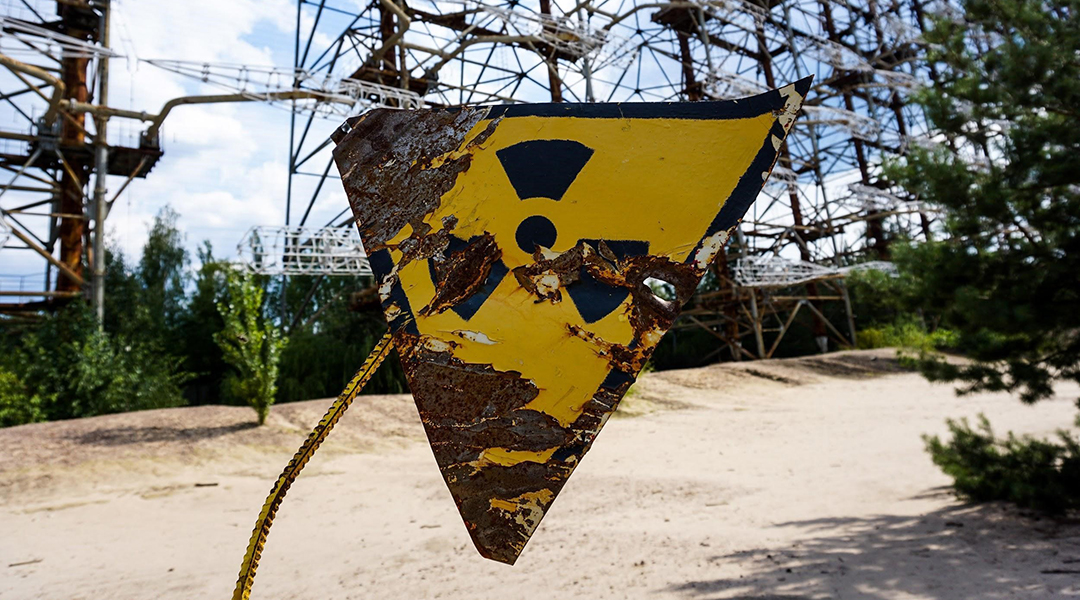
Post Fukushima, Japan’s energy network has expanded dramatically to include thousands of small renewable power companies which create many small solar, wind, biomass, and geothermal plants.

Imagine how these two planes – the world of machines and the world of human systems – will work synergistically to realize the potential of new materials and the systems into which they will be integrated.